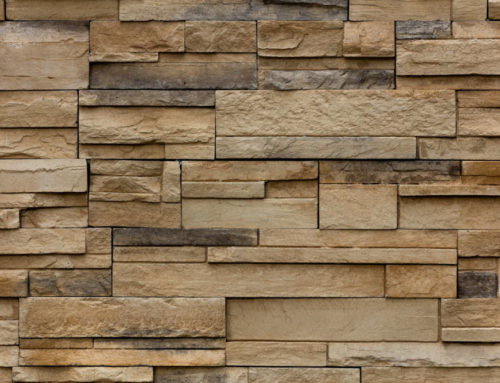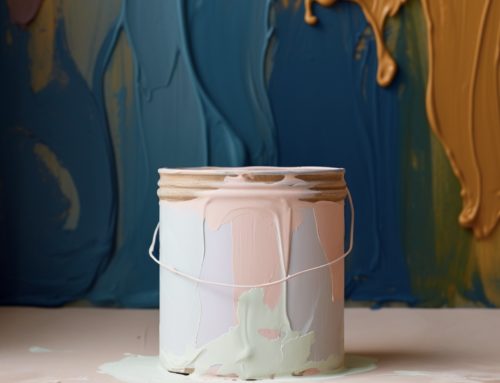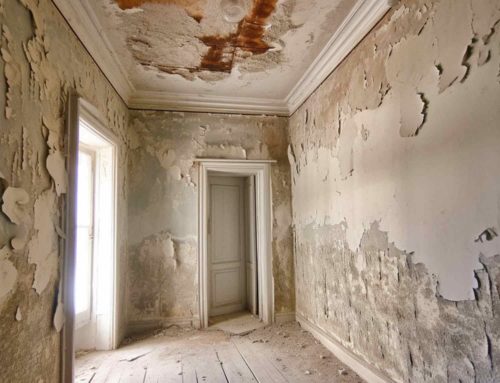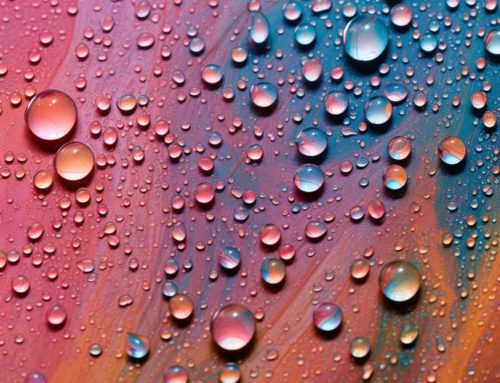Choosing the right natural wood finish for your wooden floors is essential, as it will not only enhance the beauty of your home but also protect your floors from wear and tear. With a growing awareness of eco-friendly and health-conscious products, many homeowners are now considering natural wood finishes, such as natural wood floor oils, lyes and soaps, waxes, and varnishes. This article will discuss the benefits of these natural finishes, help you decide which one is best for your needs, and give you the information you need to make an informed decision.
Natural wood oils are derived from plant-based materials and provide excellent protection and nourishment for wooden floors. They penetrate deep into the wood fibers, enhancing the natural beauty of the wood grain while providing a durable, water-resistant surface. Some common types of natural wood oils include linseed oil, tung oil, and Auro 123 breathable hard oil.
Benefits of Natural Wood Oils:
- Enhances the natural beauty of the wood
- Allows the wood to breathe, preventing warping and cracking
- Provides water resistance and durability
- Easy to apply and maintain
- Eco-friendly and safe for indoor air quality
Should I use Natural Wood Waxes on my floor?
Natural wood waxes, such as beeswax and carnauba wax, are used to create a protective layer on top of the wood surface. They offer a more matte finish compared to oils and varnishes, providing a subtle sheen that complements the natural beauty of the wood. Waxes are often combined with natural oils to create a more durable and water-resistant finish.
Benefits of Natural Wood Waxes:
- Provides a subtle, matte finish
- Offers a protective layer against scratches and scuffs
- Easy to apply and maintain
- Can be combined with natural oils for added durability
- Environmentally friendly and safe for indoor air quality
Should I use Natural Wood Varnishes on my floor?
Natural wood varnishes are eco-friendly alternatives to traditional synthetic varnishes. They are made from natural resins and oils, providing a durable, protective layer on the wood surface. Natural wood varnishes come in various sheens, such as matte, satin, and gloss, allowing you to achieve your desired aesthetic.
Benefits of Natural Wood Varnishes:
- Provides a durable, protective layer on the wood surface
- Available in various sheens for a customisable finish
- Resistant to water, stains, and wear
- Eco-friendly and safe for indoor air quality
- Enhances the natural beauty of the wood
Choosing the Right Finish for Your Floors
When deciding between natural wood oil, wax, or varnish, consider your personal preferences, lifestyle, and the specific needs of your wooden floors.
- Aesthetic preference: Consider whether you prefer a matte, satin, or glossy finish, as this will help you choose between the three types of natural finishes.
- Durability and protection: If you have high-traffic areas or need extra durability, a natural wood varnish or oil may be more suitable than wax.
- Maintenance: All three finishes require regular maintenance, but natural wood oils and waxes are generally easier to touch up and repair than varnishes.
- Eco-friendliness and indoor air quality: All three options are environmentally friendly and safe for indoor air quality, so you can make a responsible choice regardless of the finish you choose.
Conclusion
Natural wood oils, waxes, and varnishes offer eco-friendly and health-conscious alternatives for protecting and enhancing your wooden floors. By considering your aesthetic preferences, the specific needs of your floors, and the benefits of each finish, you can make an informed decision.
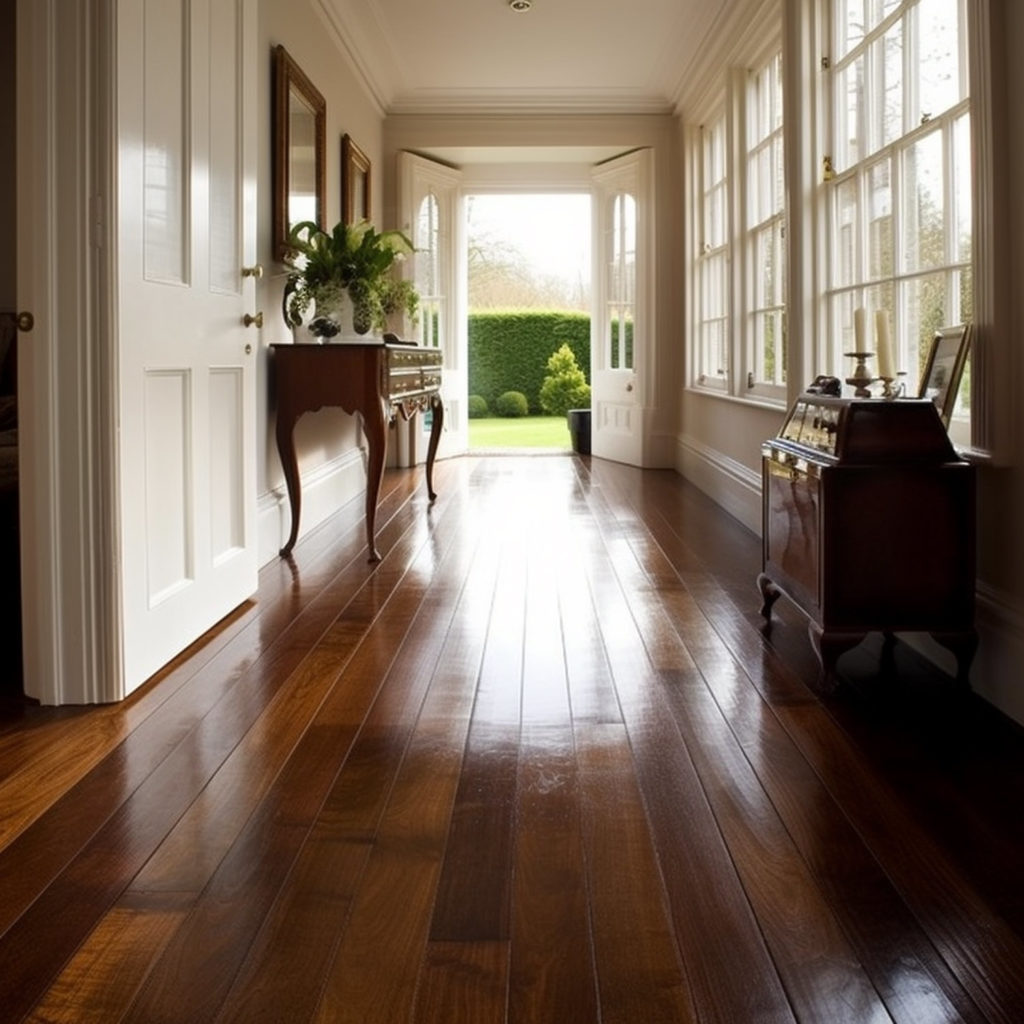
Preparing Your Floor for a Natural Finish
Before applying any natural finish to your floors, proper preparation is crucial to ensure optimal results. Follow these steps to prepare your wooden floors:
- Clean the floor: Remove any dirt, dust, and debris from the floor using a vacuum cleaner or a broom.
- Sand the floor if needed: Sand the entire floor using a floor sander or a sanding block to remove old finishes and create a smooth, even surface. Start with coarse-grit sandpaper and progress to finer grits as needed.
- Repair any damage: Fill any cracks, holes, or gaps in the floor with a suitable wood filler or putty. Allow the filler to dry and sand it smooth.
- Remove dust: Vacuum or sweep the floor again to remove any dust created during the sanding process. You can also use a tack cloth to pick up any remaining particles.
- Apply a test patch: Before applying the chosen natural finish to the entire floor, apply a small test patch in an inconspicuous area to ensure compatibility and satisfaction with the final appearance.
Application Tips for Natural Finishes
Applying natural wood oil, wax, or varnish requires proper technique to achieve a beautiful and long-lasting result. Here are some general application tips:
- Choose the right tools: Use high-quality brushes, rollers, or applicators designed for the specific finish you are applying.
- Follow the manufacturer's instructions: Each product may have specific application instructions. Be sure to read and follow these instructions for the best results.
- Apply thin, even coats: Apply multiple thin coats of the finish rather than one thick coat. This will ensure even coverage, faster drying times, and a more durable finish.
- Allow for proper drying times: Allow each coat of finish to dry completely before applying the next coat. This may take several hours or even days, depending on the product and environmental conditions.
- Buff between coats if required: If stated in manufactures guidelines, Lightly sand or buff the floor between coats using fine-grit sandpaper or a buffing pad. This will help promote adhesion and create a smooth final surface.
Maintaining Your Natural Floor Finish
To prolong the life of your natural floor finish and keep your wooden floors looking their best, follow these maintenance tips:
- Regular cleaning: Sweep or vacuum your floors regularly to remove dirt and dust. Use a damp mop with a mild, pH-neutral cleaner specifically designed for wooden floors when necessary.
- Avoid harsh chemicals: Do not use harsh, abrasive, or acidic cleaners on your floors, as they may damage the natural finish.
- Protect high-traffic areas: Place rugs or mats in high-traffic areas to protect your floors from excessive wear and tear.
- Recoat as needed: Over time, natural finishes may need to be recoated or refreshed. Follow the manufacturer's recommendations for recoating your specific finish.
- Repair scratches and damage: Small scratches or damage can often be repaired by gently sanding the affected area and applying a fresh coat of the natural finish.

Hi! I’m Chris, the founder of The Organic & Natural Paint Co, and I’m focused on the education and promotion of natural non toxic alternatives to chemical laden everyday products that we just take for granted. We have a choice, and I want to raise awareness of alternative products that don’t actually harm us!
This company is my way of pushing the awareness of better indoor air quality, something that I am personally passionate about due to my own children’s breathing medical conditions. I just couldn’t paint with big brand standard petrochemical paint any longer and wanted another solution.
Read more: About me
Twitter: NaturalPaintCo
Instagram: cleanairclubofficial




